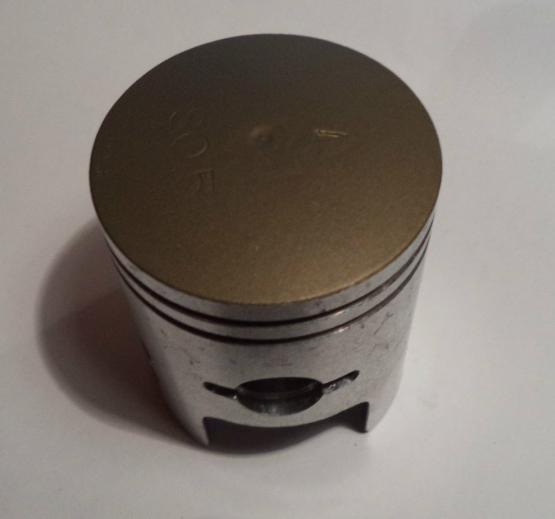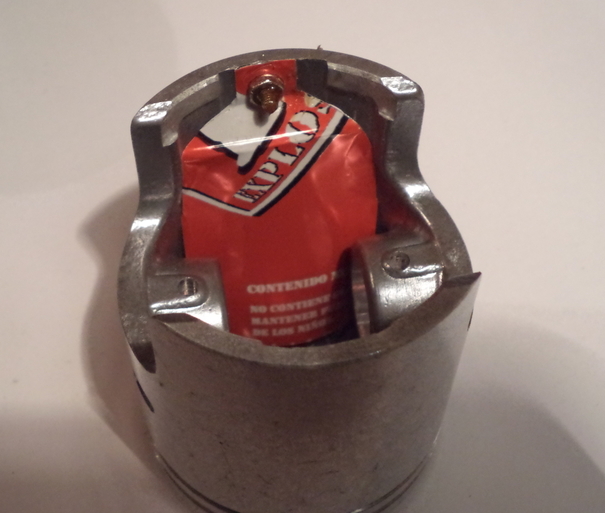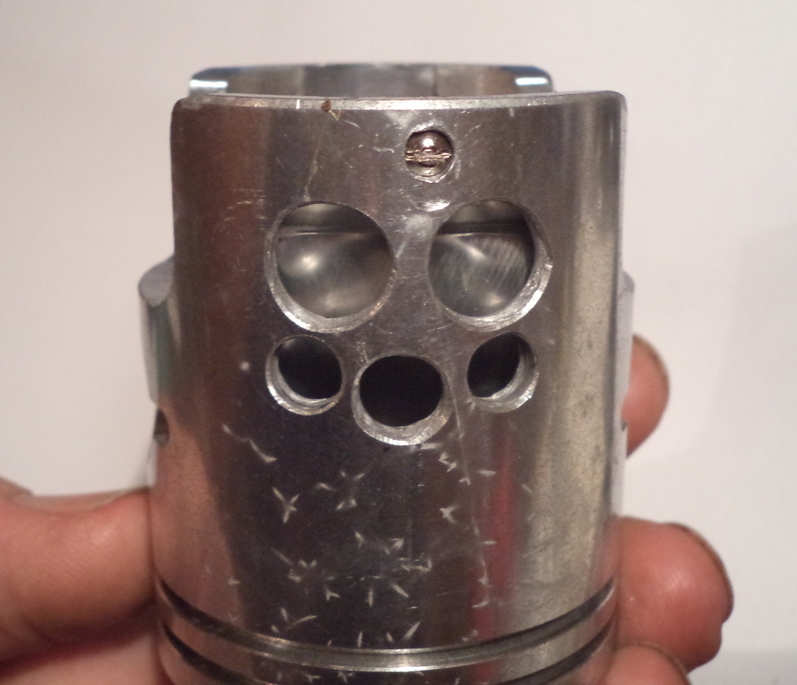jaguar
~SPONSOR~
I ride a 100cc two stroke Suzuki AX100 on the street here in super hot Paraguay. I know this isn't a "dirt bike" but the info I have to share is just as useful for dirt bikes. It's just easier to evaluate engine changes on the street because it is more of a controlled environment and the test parameters stay pretty much the same. Anyways I have a temperature gauge with the sensor at the base of the spark plug. When the temp exceeded 290 the power would fall off and it couldn't maintain/reach the normal highest speed. So I had a new piston ceramic coated by Swain Tech to see if the piston heat was slowing things down with the extra friction that accompanies heat. The piston/rings I was running in it were fairly new also. After installing the coated piston it lost most of its sensitivity to heat. But something totally unexpected happened on my second time out with it. After a high speed highway run I pulled off onto a really bad unpaved street and so was just putting along just above idle and the engine completely seized at around 100 feet down the street. I took it apart and found it had an intake skirt seizure. I run semi-synthetic oil at 30:1 and all the jetting was right on. So here is my thoughts on what happened: the coating prevents the piston top from absorbing as much heat but when the average combustion chamber temperature is reduced, as when reducing RPM dramatically, the coating also prevents the piston from cooling off as quickly as it would. So I increased the oil ratio and enrichened the idle mixture a bit. Since then the problem has not recurred.
So for any air cooled dirt bike I definitely recommend ceramic coating. I don't know if any power change would be noticed with a water cooled bike but it may help prolong piston life.
So for any air cooled dirt bike I definitely recommend ceramic coating. I don't know if any power change would be noticed with a water cooled bike but it may help prolong piston life.



